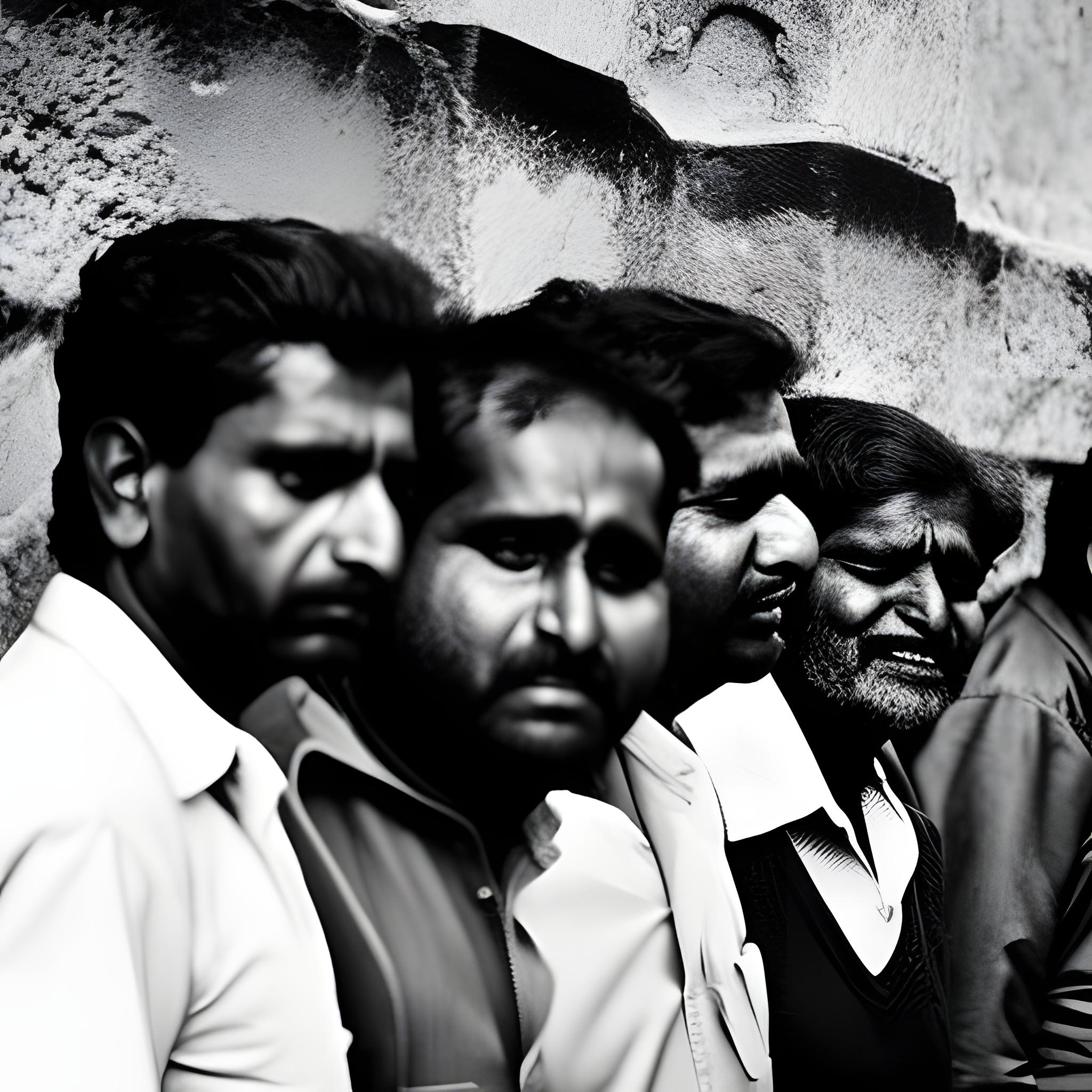Men’s Rights Movement in India: Advocating for Gender-Neutral Laws
The Men’s Rights Movement in India is made up of various independent organizations that seek to introduce gender-neutral legislation and repeal laws perceived as biased against men. Activists focus on legal issues like anti-dowry laws, divorce, and child custody, which they argue unfairly target men.
History and Early Beginnings
The movement began in the 1990s in cities like Kolkata, Mumbai, and Lucknow. Early groups such as Pirito Purush (The Persecuted Man), Purush Hakka Samrakshan Samiti (Committee for the Protection of Men’s Rights), and Patni Atyachar Virodhi Morcha (Protesting Torture by Wives) emerged in response to alleged misuse of Section 498A of the Indian Penal Code, which addresses cruelty to wives.
Formation of Support Networks
In 2005, the Save Indian Family Foundation (SIFF) was founded, uniting various family rights organizations across India. SIFF has been instrumental in raising awareness and supporting men facing legal and societal challenges. They also celebrated International Men’s Day for the first time in India in 2007.
Key Events and Protests
In 2008, SIFF filed complaints against advertisements that portrayed domestic violence against men humorously. The same year, the NGO Child’s Right and Family Welfare was established to advocate for fairer child custody laws. In 2010, SIFF supported Pakistani cricketer Shoaib Malik, highlighting concerns about the misuse of Section 498A.
Recent Developments
In 2014, men’s rights activists presented a “Men-ifesto” to political parties, demanding gender-neutral laws and a Ministry of Men’s Welfare. They also launched a mobile app, SIF One, to support men in distress and an all-India helpline.
Challenges and Criticism
Men’s rights activists argue that anti-dowry laws and other gender-specific legislation are often misused to harass men. They point out that these laws assume guilt without adequate evidence and that many men, including their female relatives, face unjust legal battles.
Despite their efforts, activists face criticism from women’s rights groups who argue that the laws protect women from genuine harm and that misuse cases are minimal compared to the overall benefits.
The Men’s Rights Movement in India continues to advocate for balanced laws that protect all individuals regardless of gender, striving for a fairer legal system that addresses the needs and rights of everyone.
This rephrased and SEO-optimized article provides a comprehensive overview of the Men’s Rights Movement in India, highlighting its history, key events, challenges, and ongoing efforts to achieve gender-neutral legislation.




